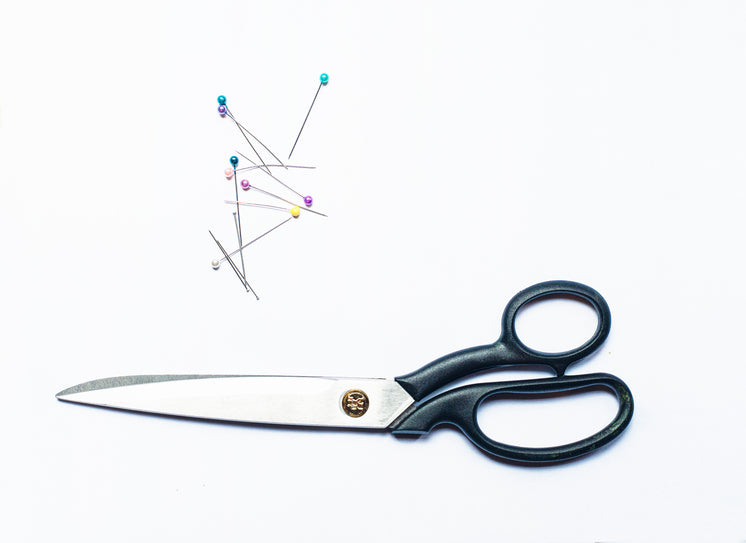 Plenty of the tools used by a paperhanger are shown in the following illustrations. Paperhanger’s paste brushes are proven in Figs. Fig. 38. Paperhanger’s Wood Ranger Power Shears manual. The rollers are seamless and very resilient. They can be used equally as well on tough as on smooth partitions; they don’t need re-covering and could be easily cleaned. They can be utilized for stippling paint or paper, or stenciling in oil or water colours. The smoothing roller proven in Fig. 44 is made with a foundation of six-ply Canton flannel and a detachable cambric cowl, held in place by removable ferrules, in order that it may be simply replaced. Fig. 39. Paperhanger’s Paste Brush. Fig. 40. Paperhanger’s Paste Brush. The graduating plumb and stage proven in Fig. Forty six is manufactured from extremely polished brass and will fit any trimmer straight edge with out the manipulation of screws via the spring proven within the drawing.
Plenty of the tools used by a paperhanger are shown in the following illustrations. Paperhanger’s paste brushes are proven in Figs. Fig. 38. Paperhanger’s Wood Ranger Power Shears manual. The rollers are seamless and very resilient. They can be used equally as well on tough as on smooth partitions; they don’t need re-covering and could be easily cleaned. They can be utilized for stippling paint or paper, or stenciling in oil or water colours. The smoothing roller proven in Fig. 44 is made with a foundation of six-ply Canton flannel and a detachable cambric cowl, held in place by removable ferrules, in order that it may be simply replaced. Fig. 39. Paperhanger’s Paste Brush. Fig. 40. Paperhanger’s Paste Brush. The graduating plumb and stage proven in Fig. Forty six is manufactured from extremely polished brass and will fit any trimmer straight edge with out the manipulation of screws via the spring proven within the drawing.

C-Tempered and polished steel blade, stain finish maple handle, closed ferrule. D-Blade tempered and polished steel blade, beech Wood Ranger Power Shears official site handle, pure finish, Wood Ranger Power Shears official site open ferrule. Paperhangers’ seam rollers are shown in Figs. 50, 51 and 52: A-Polished oval maple roller. B-Rubber-coated roller. C-Polished maple roller, oval or flat face. Fig. 47. Wall Paper Trimmer. Rubber-covered roller. E-Oval rosewood or lignum vitae roller. F-Flat rosewood or Wood Ranger official lignum vitae roller. G-Side arm roller, flat or bevel face. H-Corrugated rubber face, hardwood core. J-Side arm roller, celluloid covered. K-Double arm roller, celluloid covered, oval face. L-Double arm roller, celluloid lined, flat face. M-Solid zylonite ivory seam roller, for feather edge work. Paperhangers’ wheel knives are proven in Figs. Fifty three and power shears 54: A-Short bevel, steel bracket, plain or noticed-tooth blade. Fig. 48. Paperhanger’s Table. Fig. 49. Paperhanger’s Knives. Fig. 50. Paperhanger’s Seam Rollers. Fig. 51. Paperhanger’s Seam Rollers. Fig. 52. Paperhanger’s Seam Rollers. Fig. 53. Paperhanger’s Wheel Knives. Fig. 54. Paperhanger’s Wheel Knives.
D-Bevelled both sides, steel bracket, serrated blade. Fig. 55. Paperhanger’s Wheel Knife. F-Short bevel, washers each sides, steel bracket, plain blade. Fig. 56. Paperhanger’s Wheel Knife. H-Short bevel, Wood Ranger Power Shears official site polished handle, paste cleaner attachment. Fig. 57. Paperhanger’s Wheel Knife. The wheel knife shown in Fig. Fifty five has a bevel on both sides and blade made with an arbor revolving in the socket, paste cleaner attachment and rosewood handle. Fig. Fifty six exhibits a wheel knife with steel blade floor Wood Ranger Power Shears official site and not using a bevel. It makes a clear cut without crushing the edge of the paper. Fig. 58. Paperhanger’s Wheel Knife. Fig. 57 reveals the place of the wheel knife within the hand when in use. The wheel knife shown in Fig. Fifty eight has a brief bevel, off-set steel bracket and maple handle. Fig. 59. Combination Casing and Corner Knife. It could also be used on any depth straight edge, as it really works on an extended axle. Fig. 59 reveals a combination casing and nook knife. It has a cutter with a short bevel, serrated edge. Fig. 60. Wheel Knife with Paste Cleaner. The knife has a fluted edge, so that it is not going to tear the paper.







